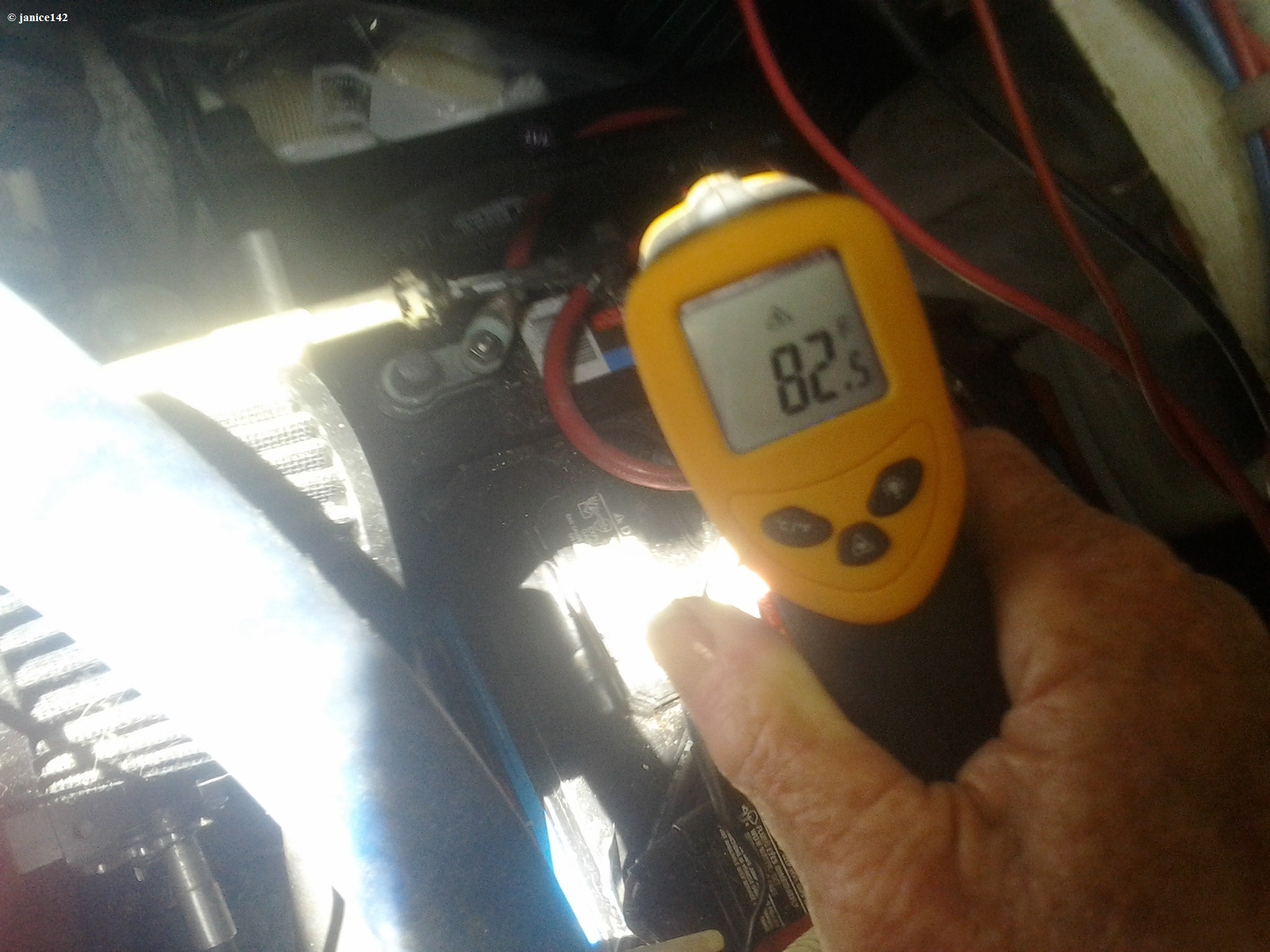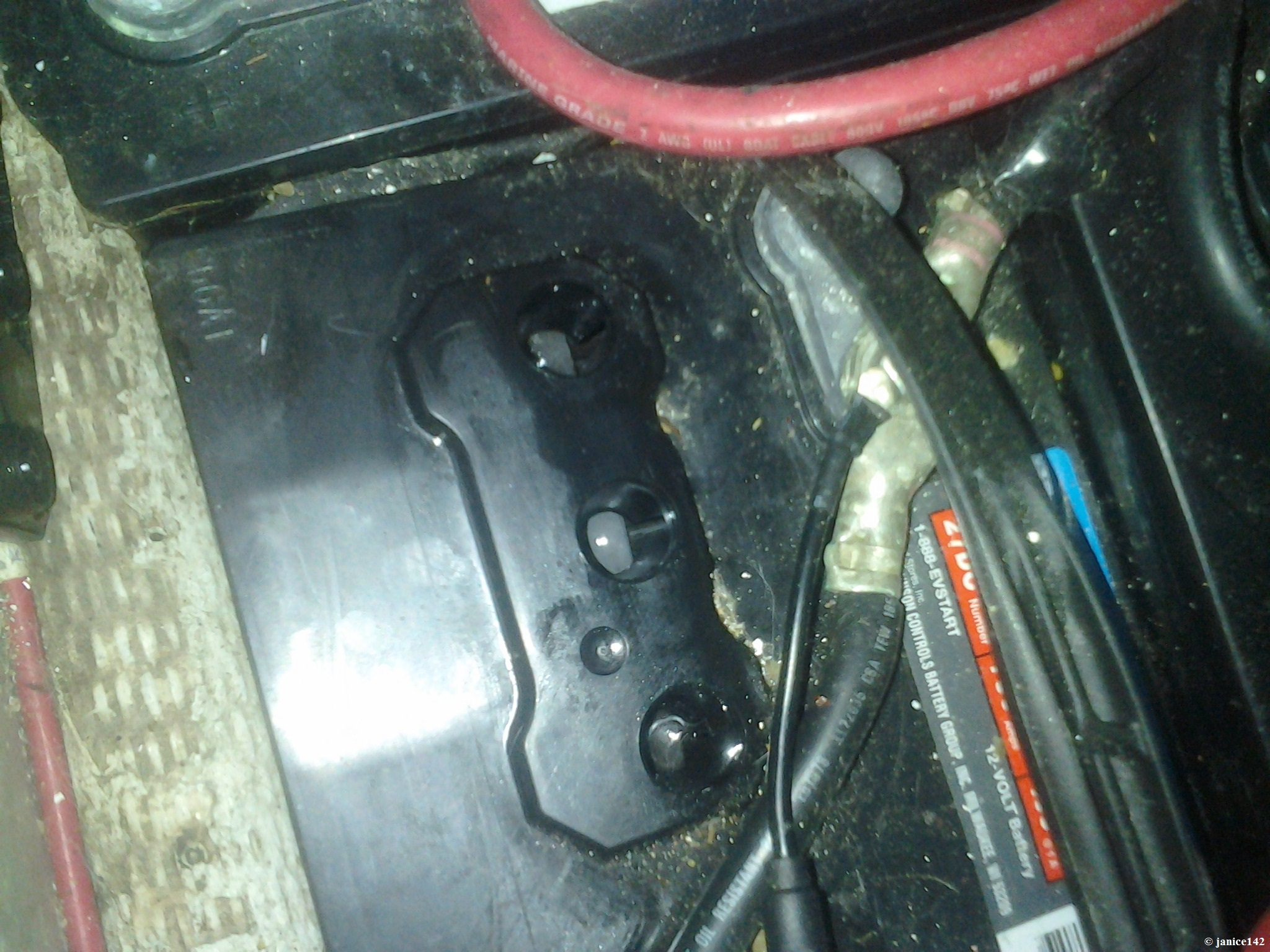Molly
Senior Member
- Joined
- May 2, 2018
- Messages
- 127
- Location
- USA
- Vessel Name
- La Bella Vita
- Vessel Make
- 2006 Mainship 34T
I just installed a new bank of lead/acid batteries. The old bank was only 2 years old. The reason they went south is lack of water. I just purchased the boat in June. The po apparently did not check the water very often. It is a royal pain in the neck!
I've seen those watering systems on line and YouTube. You change out the caps with their caps and connect them together with a hose. Then you can run the end to a convenient spot and just pump the distilled water from a bottle and once all the cells are full, it stops taking water.
Any suggestions on brand? There are only a few. Some are brand specific, like Trojan. Others are universal.
Also, how do you determine the cap size?
This would make a once per month chore pretty quick and easy. That way it would get done.
I think the cost is around $250 for 24 cells plus the pump is $35.
Would appreciate any suggestions or advice. I don't want to replace those 135# batteries for 5 - 7 years!
I've seen those watering systems on line and YouTube. You change out the caps with their caps and connect them together with a hose. Then you can run the end to a convenient spot and just pump the distilled water from a bottle and once all the cells are full, it stops taking water.
Any suggestions on brand? There are only a few. Some are brand specific, like Trojan. Others are universal.
Also, how do you determine the cap size?
This would make a once per month chore pretty quick and easy. That way it would get done.
I think the cost is around $250 for 24 cells plus the pump is $35.
Would appreciate any suggestions or advice. I don't want to replace those 135# batteries for 5 - 7 years!
Last edited:






